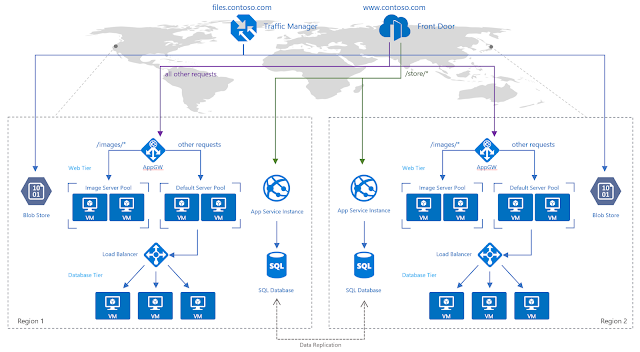Cryptojacking is the unauthorized use of someone else’s computer to mine cryptocurrency. Hackers are using ransomware-like tactics and poisoned websites to get your employees’ computers to mine cryptocurrencies. Several vendors in recent days have reported a huge surge in illegal crypto-mining activity involving millions of hijacked computers worldwide.
Kubernetes have been phenomenal in improving developer productivity. With lightweight portable containers, packaging and running application code is effortless. However, while developers and applications can benefit from them, many organizations have knowledge and governance gaps, which can create security gaps.
Some of the Past Cases of Cryptocurrency on Kubernetes cluster:
Tesla Case: The cyber thieves gained access to Tesla\’s Kubernetes administrative console, which exposed access credentials to Tesla\’s AWS environment. Once an attacker gains admin privilege of the Kubernetes cluster, he or she can discover all the services that are running, get into every pod to access processes, inspect files and tokens, and steal secrets managed by the Kubernetes cluster.
Jenkins Case: Hackers used an exploit to install malware on Jenkins servers to perform crypto mining, making over $3 million to date. Although most affected systems were personal computers, it’s a stern warning to enterprise security teams planning to run Jenkins in containerized form that constant monitoring and security is required for business critical applications.
Recently, Azure Security Center detected a new crypto mining campaign that targets specifically Kubernetes environments. What differs this attack from other crypto mining attacks is its scale: within only two hours a malicious container was deployed on tens of Kubernetes clusters.
There are three options for how an attacker can take advantage of the Kubernetes dashboard:
- Exposed dashboard: The cluster owner exposed the dashboard to the internet, and the attacker found it by scanning.
- The attacker gained access to a single container in the cluster and used the internal networking of the cluster for accessing the dashboard.
- Legitimate browsing to the dashboard using cloud or cluster credentials.
How could this be avoided?
As per Microsoft\’s Recommendations, follow the below:
- Do not expose the Kubernetes dashboard to the Internet: Exposing the dashboard to the Internet means exposing a management interface.
- Apply RBAC in the cluster: When RBAC is enabled, the dashboard’s service account has by default very limited permissions which won’t allow any functionality, including deploying new containers.
- Grant only necessary permissions to the service accounts: If the dashboard is used, make sure to apply only necessary permissions to the dashboard’s service account. For example, if the dashboard is used for monitoring only, grant only “get” permissions to the service account.
- Allow only trusted images: Enforce deployment of only trusted containers, from trusted registries.
Refer: Azure Kubernetes Services integration with Security Center
Source: https://azure.microsoft.com/en-us/blog/detect-largescale-cryptocurrency-mining-attack-against-kubernetes-clusters/






